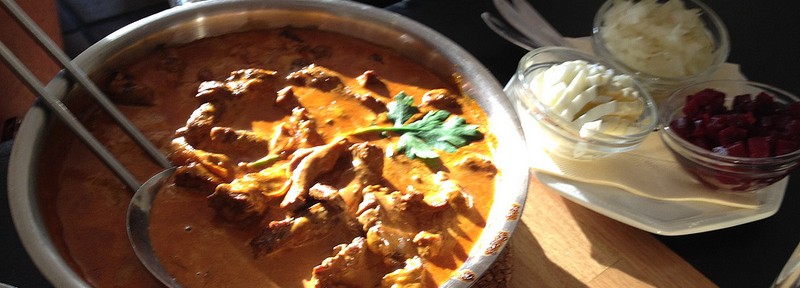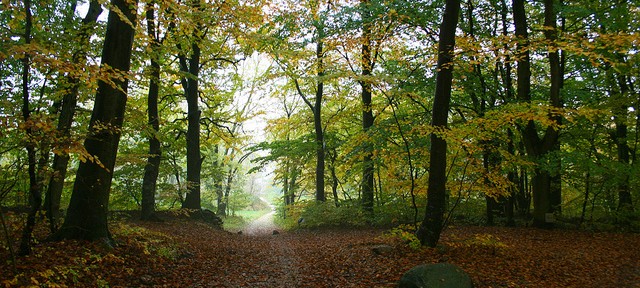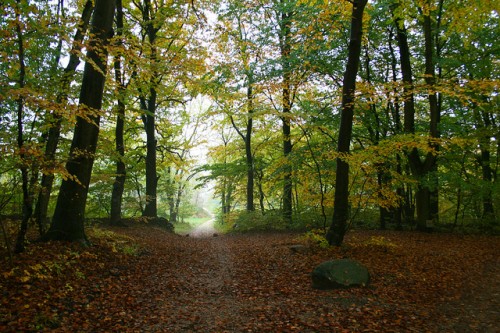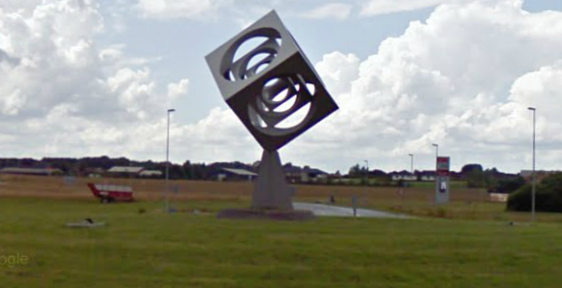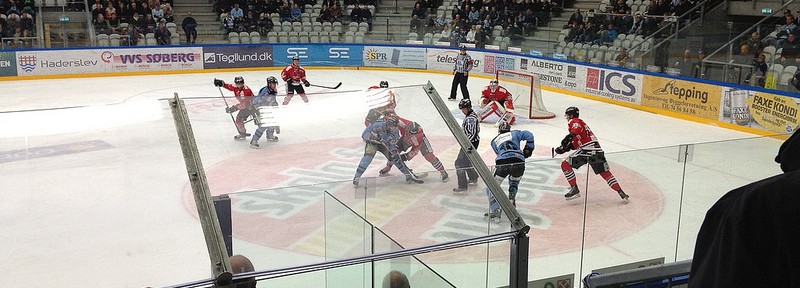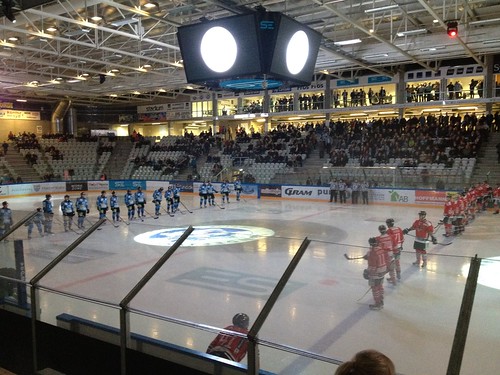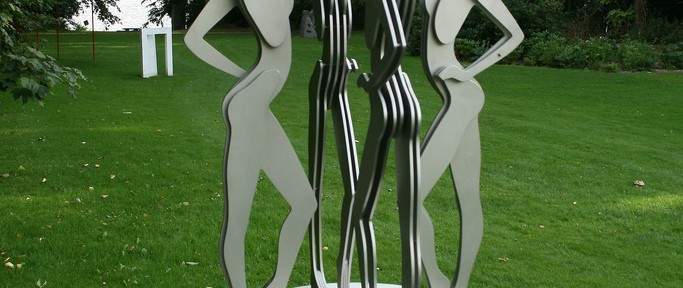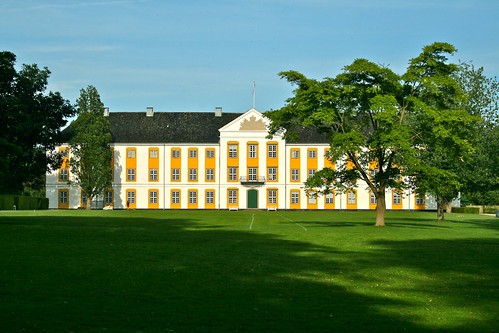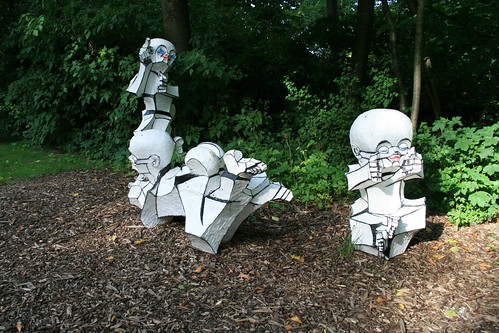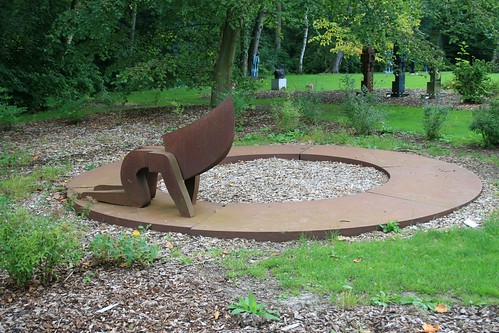Missing summer? Maybe I got something that can bring you back. Imagine sailing where the wind takes you in Atinga, a wooden boat built 51 years ago that has been passed down for three generations.
Dänische Südsee from Lut ze.
I came across this amazing video of three guys on a boat sailing in the Danish South Sea – our corner of the Baltic Sea. The film on vimeo is just titled “Dänische Südsee” and that’s about it, so I got curious. I asked the filmmaker Lutz a couple of questions:
Can you introduce yourself?
I am originally from Berlin but currently I am living in Göteborg, studying Interaction Design. This city is just perfect for sailing. Lots of wind (sadly even more rain), many beautiful little rock islands in front of the coast and almost more boats than people. Until this year, I was only sailing on lakes, which is just not the same as sailing on the sea. Besides sailing I love many other outdoor sports. like climbing, hiking, biking.
Who are the crew and are they always the same?
We were three people on the boat, my sister Karola, our friend Tilman and me. It was our first trip together. Tilman was our skipper, since he had the most experience on the boat, but we were switching roles all the time.
Tell me about the boat in the video?
The boat is called the “Atinga”. It belongs to Tilman’s dad, who himself inherited it from his dad. I don’t know so much about it, but it is a real beauty! Kind of slow, but really comfortable and really good tempered. Everything is made out of wood, even the hull and the mast. We had quite heavy winds, and the boat was squeaking and moaning all the time. It’s a self constructed boat as far as i know, about 50 years old, but I don’t know who exactly build it.
Where did you go on the trip we see in the video?
We started in Høruphav, going wherever the wind and rain blew us. 🙂 Since we only had 5 days and the winds were already pretty strong, we stayed south of Fyn to avoid the huge waves.
Where else do you like to sail to?
I really would like to make a longer trip when I finish my studies. Probably down to the Mediterranean Sea – if I can find the time. Until then I will just make some daily and weekend trips in the skerries off Göteborg and Bohuslän. My University has a sailing club that owns two really nice “Albin Express” boats, which are a lot of fun to sail in.
How did you film this? Do you often make film?
Actually it was my first try in making a short film in years. I used a Pentax k-7 dslr with two wideangle lenses. Most of the shots were done handheld. But I am planing to do some more stuff. Right now I’m working on a small video project for an university course, which will be about a quite ambivalent street here in Göteborg. And I’m planning to shoot a climbing movie of some spots in the region around Göteborg.
Do you have a website I can link to if people want to know more about you?
Not yet. At least not for my filming stuff but you can check my Flickr page. I recently discovered an old Rollei 35 and Contax from my grandfather, which I use a lot and I post some pictures to Flickr from time to time. And I’m on Facebook.
Great video and story, Lutz and thank you for sharing!
The same day I got another email from Jens from Lüneburg, who is owner of the boat and father of Tilman. He wrote more facts about the boat Atinga.
Constructor: Ernst Lehfeld
Built in 1961
Type: Knickspannt Kielkreuzer
Material: Plywood
Length: 8,00 m
Width: 2,50 m
Depth: 1,05 m
Weight: 2,5 t
Mast: 9,00 m
Sail : 25-35 square meters
Engine: Nanni Diesel 2 cylinders
Speed 10 PS
